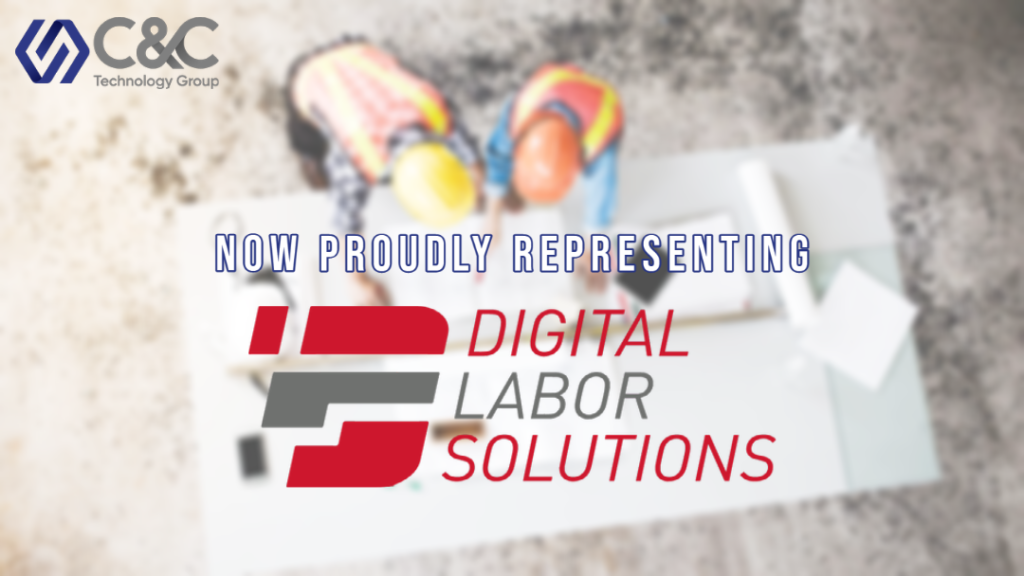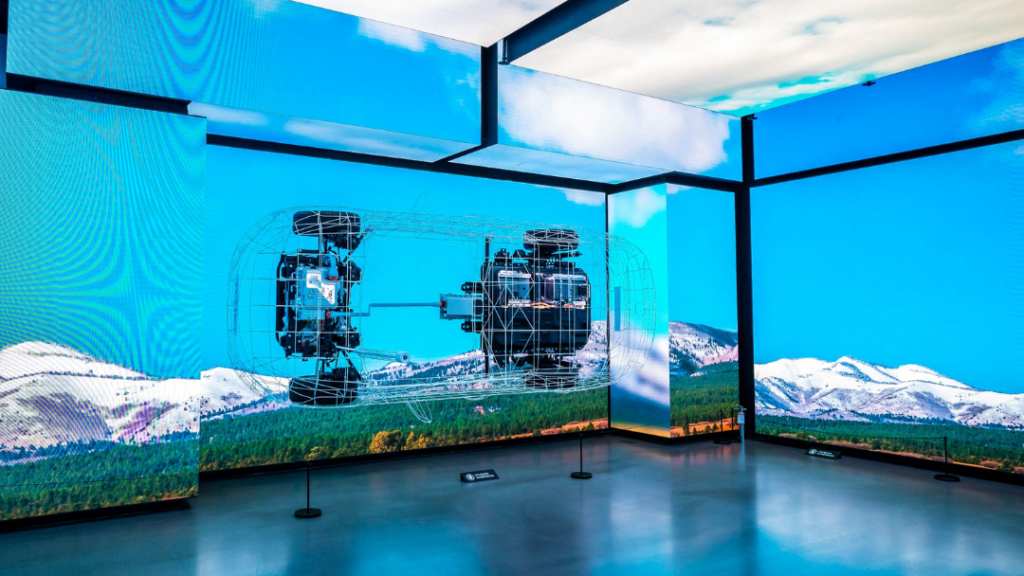As we get closer to a post-pandemic world, inching towards a future of equity holds great significance for companies of every size and across all industries. This can have an impact on how engaged your team is and consequently their productivity. In turn, this affects the success rate for your company: what could be more important?
In this article, we’ll explore meeting equity, why equity matters in the hybrid workplace, equity workforce development, meeting etiquette and provide four tips to create it within your organization.
What is Meeting Equity?
After two years of working remotely, it is clear that hybrid work can be considered synonymous with the future of work. In the near future, it will become a rarity for every meeting participant to come from one room. This join-from-anywhere workplace makes it more difficult to make sure: Everyone has an equal experience in their meetings Everyone feels their contributions are valued equally. Whether you call this meeting equity or equality or proximity bias, the basic idea remains unchanged. Meeting equity meaning: virtual meeting experiences that allow everyone involved no matter where they are located to participate as fully as possible.
Why is Meeting Equity Important?
At this point, we are all relatively new at creating equitable meeting experiences. We only had a few years of dabbling in such during what often felt like a temporary solution. Now things have become clearer – Remote meetings continue to grow. From March 2020 to June 2020, Microsoft’s use of their remote meeting platform has grown 900%, and it continues to grow swiftly since then. Currently there are 145 million daily active users on the Microsoft Teams platform and the number is continuing to rise steadily each year. The U.S., which leads other countries when it comes down to working remotely, will have 53% of the workforce remote in 2022 – according that Gartner’s data analysis.
Creating Meeting Equity – 4 Tips
In order to address meeting equity, we first need to get honest about something. It is easier for us to feel more connected and focused on people from the same room – automatically resulting in inequality. What would really help you with your efforts is a combination of tools, culture, commitment and people – in order to create meeting equity that all attendees will appreciate. Here are 4 tips on how you can do just that!
- The first tip is to signal your intent. Spend some time learning how to host hybrid meetings and then let the team know that you’re committed to creating equitable meeting experiences. Invite their input and ideas on how you can make meetings more inclusive for everyone.
- The second is to document a process. It sounds as if your organization has already started making changes to some of its organizational norms in order to adapt with the hybrid reality. Consider creating meeting equity guidelines to guide everyone’s efforts while doing this kind of work. For example, Google created three pillars of collaboration equity (representation equity, participation equity and information parity) that make representation equally important for all gatherings.
- Thirdly you need to choose the right technology for your conference room. Modern meeting room technologies are designed to support meeting equity, for example, does your platform allow users to log in with any device? Does it maximize HD Pan/Tilt/Zoom cameras which provide a 90° field of view so that anyone who might speak can be seen? Is audio high quality regardless of location?
- Forth, set the example for all participants once everything is in place. Leading by example and showing what equitable practices look like will help drive meeting equity. For example, if you’re dialing in to a conference call or presentation you can demonstrate that you’re listening and ready to contribute by actively participating while on the call. If there are people who are working remotely at another location they can be drawn into the conversation with others through technology- use video chat software or show them presentations and repeat their words back (echoes) when they speak so they know someone heard them out loud and give credit where it is due!
Drive Meeting Equity Today
If you don’t address meeting equity now, you risk creating different and potentially divisive work cultures. No company needs to work around one experience for those in the office and a different (often lesser) experience for those who are remote. If this is something that has not been addressed by your company yet, it is crucial to take action right away! By putting as much thought into what type of technology suits everybody’s needs as possible before making any decisions, we can create an inclusive space where everyone feels like they have equal access.
Last Updated on August 2, 2022 by Josh Mahan




